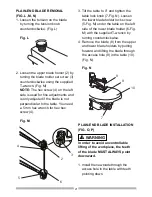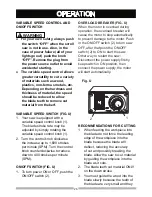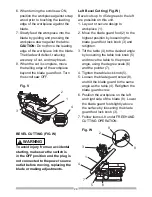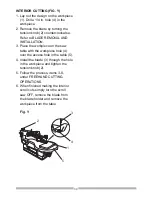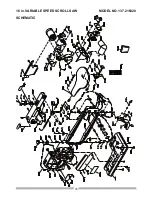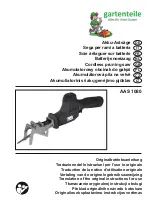
24
25
24
25
SAWDUST BLOWER (FIG. S)
The sawdust blower (4) should be
positioned to point to the blade and
workpiece to blow sawdust out of the
line-of-sight when cutting. It is not
designed to blow all of the sawdust off
the table, and will operate only when
the unit is turned on.
BLADE SELECTION (FIG. T)
To avoid injury from accidental
starting, always turn the switch OFF
and unplug the scroll saw before
moving, replacing the blade or
making adjustments.
This scroll saw accepts 5-inch length
blades with a wide variety of blade
thickness and widths. The type of
material and intricacies of cutting
operations (size of radius or curve)
will determine the number of teeth per
inch. As a general rule, always select
the narrowest blades for intricate
curve cutting and the widest blades
for straight and large curve cutting
operations.
The following table represents
suggestions for various materials.
When purchasing blades, refer to
the back of the package for the best
use of blades and speeds on various
materials.
10~37
9.5~48
9.5~33
Use this table as an example, but
practice and your own personal
preference will be the best selection
method.
NOTE:
When using blades, sometimes
speeds must change to compensate
for smaller curves, radii or smaller
diameters. Thinner blades will have
more possibilities for blade deflection
when cutting angles which are not
perpendicular to the table. Read BASIC
SCROLL SAW OPERATION for more
suggestions.
NOTE:
The blade must be installed
with the teeth pointing downward,
as shown in Fig. T, to prevent the
workpiece from being pulled upward by
the saw blade action.
Fig. T
WARNING
!












